Copepods are tiny crustaceans that play a vital role in aquarium ecosystems, acting as both nutrient recyclers and an essential live food source for fish, corals, and invertebrates. Understanding their life cycle-from nauplii to adults-not only helps aquarists maintain healthy populations but also unlocks the full benefits copepods bring to a thriving tank. If you’re new to copepods, see our Guide to Reef Tank Copepods: Tiny Heroes of Aquarium Ecosystems for more background.
Most copepods spend their lives drifting in the water column or crawling along surfaces, depending on the species. Regardless of where they live, all copepods share a fascinating developmental journey that aquarists can observe and even culture at home.
Mating and Egg Production
The copepod life cycle begins with mating. Males transfer a packet of sperm to females, who then fertilize and carry eggs in sacs or release them into the water. Some species produce tough-shelled eggs that can survive dry or harsh periods, ensuring the next generation emerges when conditions improve.
From Egg to Nauplius
After fertilization, eggs hatch into nauplii-the first larval stage. Nauplii are tiny, simple in form, and often orange or reddish. They lack a true thorax and abdomen and have only basic appendages for swimming. Nauplii are much smaller than adult copepods, making them an ideal first food for many fish fry and filter feeders. For a deeper dive into how copepods support reef nutrition, check out Choosing the Best Pods for Your Reef Tank.
Molting: Naupliar and Copepodite Stages
Nauplii undergo a series of molts, growing larger and developing more complex features with each stage. After the final naupliar molt, the copepod enters the copepodite stage. Copepodites resemble adults but still have a simpler body and fewer appendages. Over several more molts, copepodites gradually develop the full adult body plan.
- Eggs hatch into nauplii, the first larval stage.
- Nauplii molt several times before becoming copepodites.
- Copepodites molt more times to become adults.
- The full cycle can take one week to a year, depending on species and conditions.
| Stage | Key Features | Duration | Status |
|---|---|---|---|
| Egg | Carried by female or released into water | Varies | Start |
| Nauplius | Simple body, central eye, molts several times | Days–weeks | Larva |
| Copepodite | Resembles adult, molts more times | Days–months | Juvenile |
| Adult | Fully developed, no further molting | Months–year | Mature |
Reaching Adulthood
After the final copepodite molt, the copepod reaches adulthood and stops molting. Adults are typically 1–5 mm long, with a distinct cephalothorax and abdomen, long antennae, and specialized mouthparts for feeding. Females are often larger than males and can be recognized by the presence of egg sacs. Adult copepods are efficient filter feeders, using their appendages to create water currents and capture phytoplankton and bacteria.
Adaptations and Dormancy
Copepods have evolved remarkable strategies to survive harsh conditions. Some species produce thick-shelled dormant eggs that can withstand drying or freezing, hatching only when favorable conditions return. In colder climates, copepods may enter a resting stage, allowing them to survive winter or food shortages. For more on freshwater copepods and their unique adaptations, visit Freshwater Copepods: Benefits & Roles.
Why the Copepod Life Cycle Matters for Aquariums
Understanding the copepod life cycle is essential for any aquarist aiming to culture or maintain healthy populations in their tank. Nauplii and copepodites provide ideal live food for larval fish, corals, and filter feeders, while adults help control microalgae and recycle nutrients. For tips on acclimating and introducing pods, see Why Apocyclops Pods Are Perfect for Your Tank's Health.
“From the first nauplius to mature adult, each stage of the copepod life cycle is vital for sustaining aquatic food webs and supporting a healthy aquarium.”
Conclusion
The copepod life cycle-from tiny nauplii to mature adults-is a marvel of adaptation and efficiency. By understanding each stage, aquarists can better support these essential creatures and create more balanced, productive tanks. Whether you’re culturing copepods for live food or maintaining them as part of your aquarium’s ecosystem, appreciating their journey is key to long-term success.
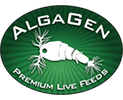


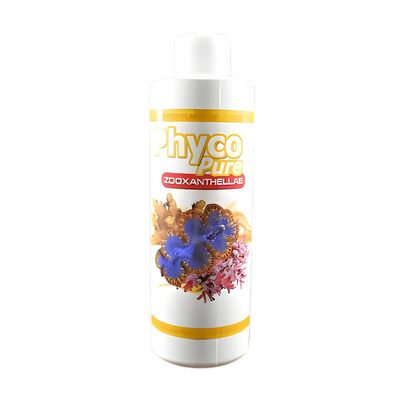
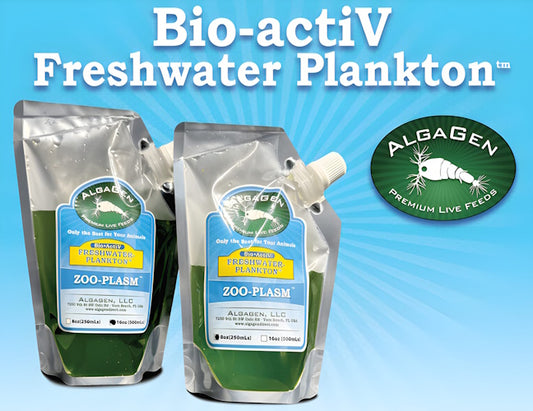
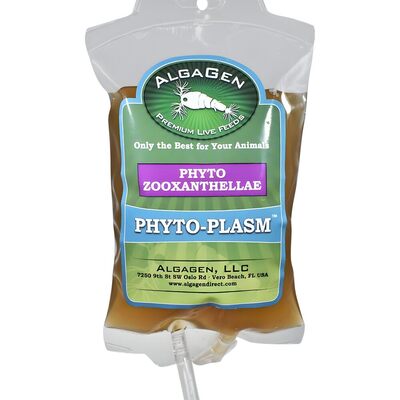
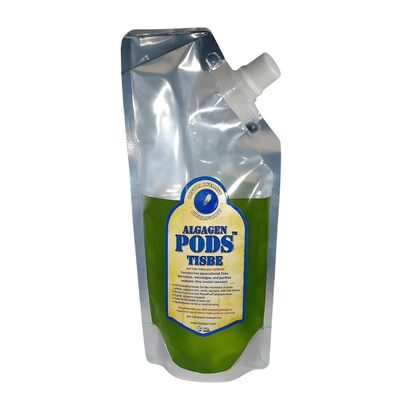
Recent post